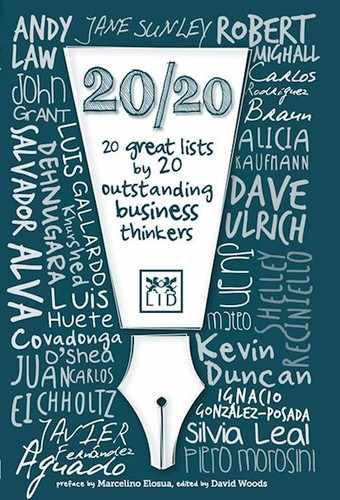2.
THE ALLURE OF THE KNOWN
Padua 1537. Andreas Vesalius, a young Flemish anatomist, enters the city gates heading for the university, with a few belongings and a burning desire to understand the human body. He’d arrived in the right place, at the right time. The Renaissance city of Padua, lying 35km west of Venice, was quickly becoming an international hot bed for the development of the arts and sciences. Vesalius joined what was considered at the time to be the most distinguished school of medicine and anatomy in Europe, founded more than 200 years earlier.5
Born in Brussels in 1514, the son of a court apothecary, as a child Vesalius became fascinated by the body. He was often found with dismembered dogs, cats and mice that he’d caught in the neighbourhood to dissect,6 and would later steal a corpse from the gallows to obtain a complete human skeleton,7 at great risk to himself and his family. At 18 his passion for learning about the body took him to Paris, where he commenced his medical studies. It was there that he first came across the seminal anatomy work of Galen of Pergamon, a Greek physician, surgeon and philosopher.
Galen was an influential figure in the world of medicine. His writings had been informed by his extensive experience treating the injuries of gladiators, serving as a physician to three Roman emperors. What had made his work so useful was that he had explained not just the structure of the human body, but the intricacies of the body’s workings. For example, he demonstrated that the larynx generates the voice and was the first to recognize that there were distinct differences between venous (dark) and arterial (bright) blood. His work was slavishly followed by doctors over the centuries, who unequivocally believed in the accuracy of his claims. So although more than 1,400 years old, Galen’s studies of the human body had remained the key references for anatomists and physicians and formed much of the basis for medical training in Europe during the Renaissance.
Like many students before him, Vesalius was fascinated by Galen’s findings, which he initially found to be clear and persuasive. However, as he immersed himself in anatomical studies and read the Galenic texts more critically, Vesalius started noticing discrepancies and small mistakes. His doubts about some of Galen’s claims were further reinforced by his experience attending many private and public lectures at the university.
In those days dissections were a grand affair, carried out before large audiences of students and invited guest scholars. These were highly ritualized and controlled events, bound in tradition and rigid rules set down by the university. A professor of anatomy would preside from a large, raised chair, removed from the actual proceedings. His only role was to read from Galen’s anatomical texts while a surgeon would perform the actual dissection and a demonstrator would point out the specific parts of the body that were being examined. Even though these dissections were carried out by experienced scholars, it seemed to Vesalius that the work served to reinforce the old Galenic texts, rather than acting as an opportunity for new learning. This blind obedience to Galen was so strong that even when the surgeon held a human heart he would comment on three ventricles as outlined in Galen, in spite of him seeing that there were four. As Vesalius commented in a book a few years later, contradicting the authority of Galen was unthinkable, “almost as if I were secretly to doubt the immortality of the soul.”8
Galen’s book represented the state of knowledge, the known certainties, the place of comfort. And although Roman anatomy might seem quaint today, we still make similar errors in relying on the certainty of our existing knowledge.
